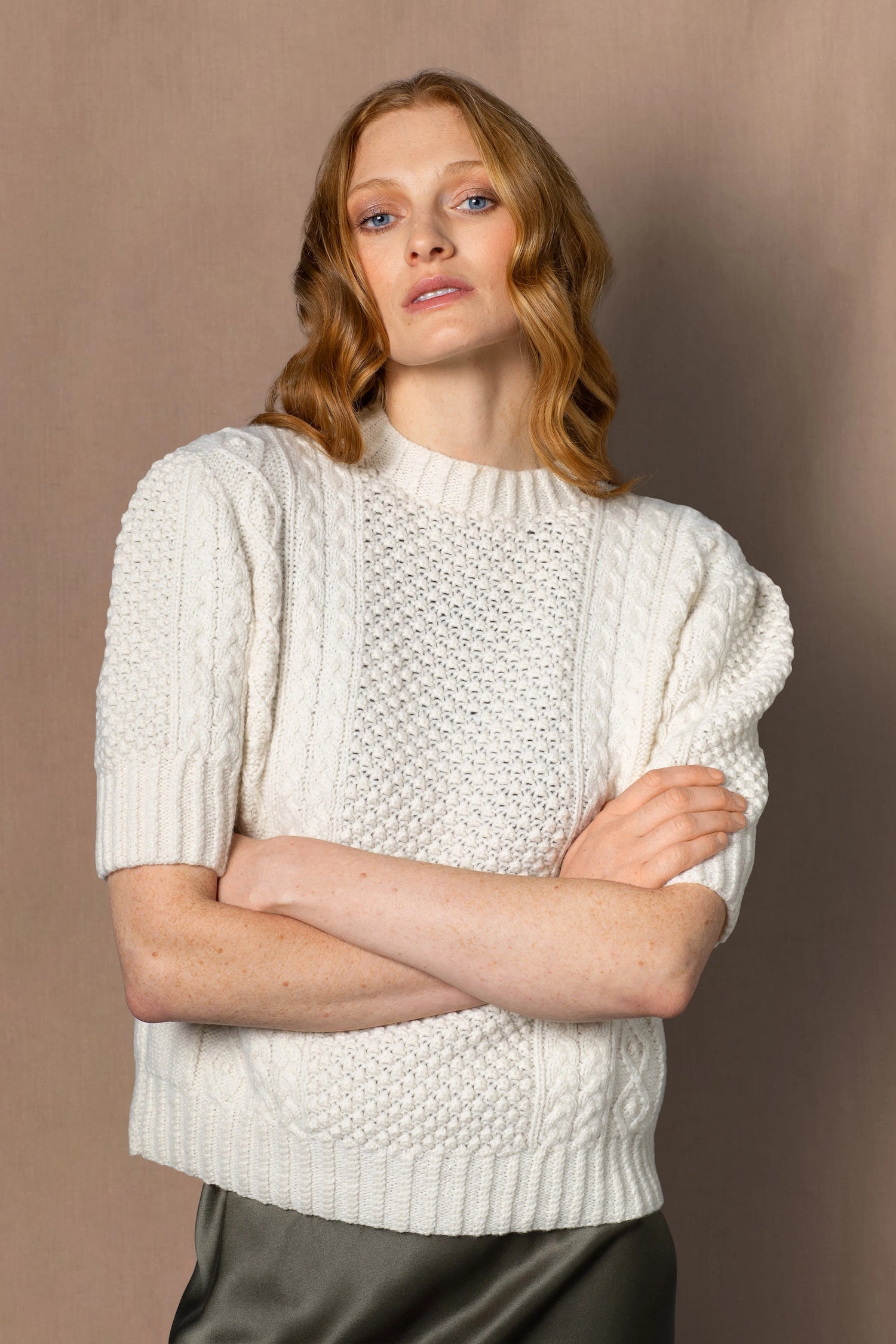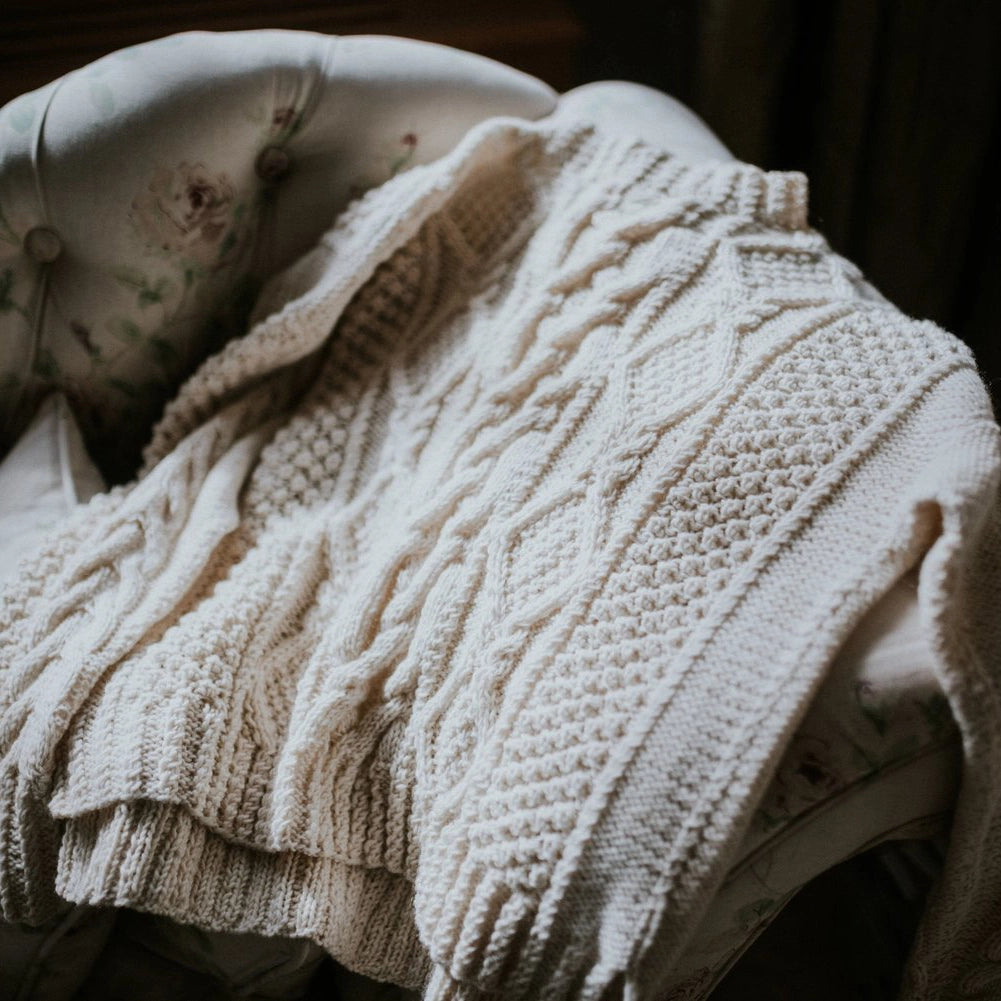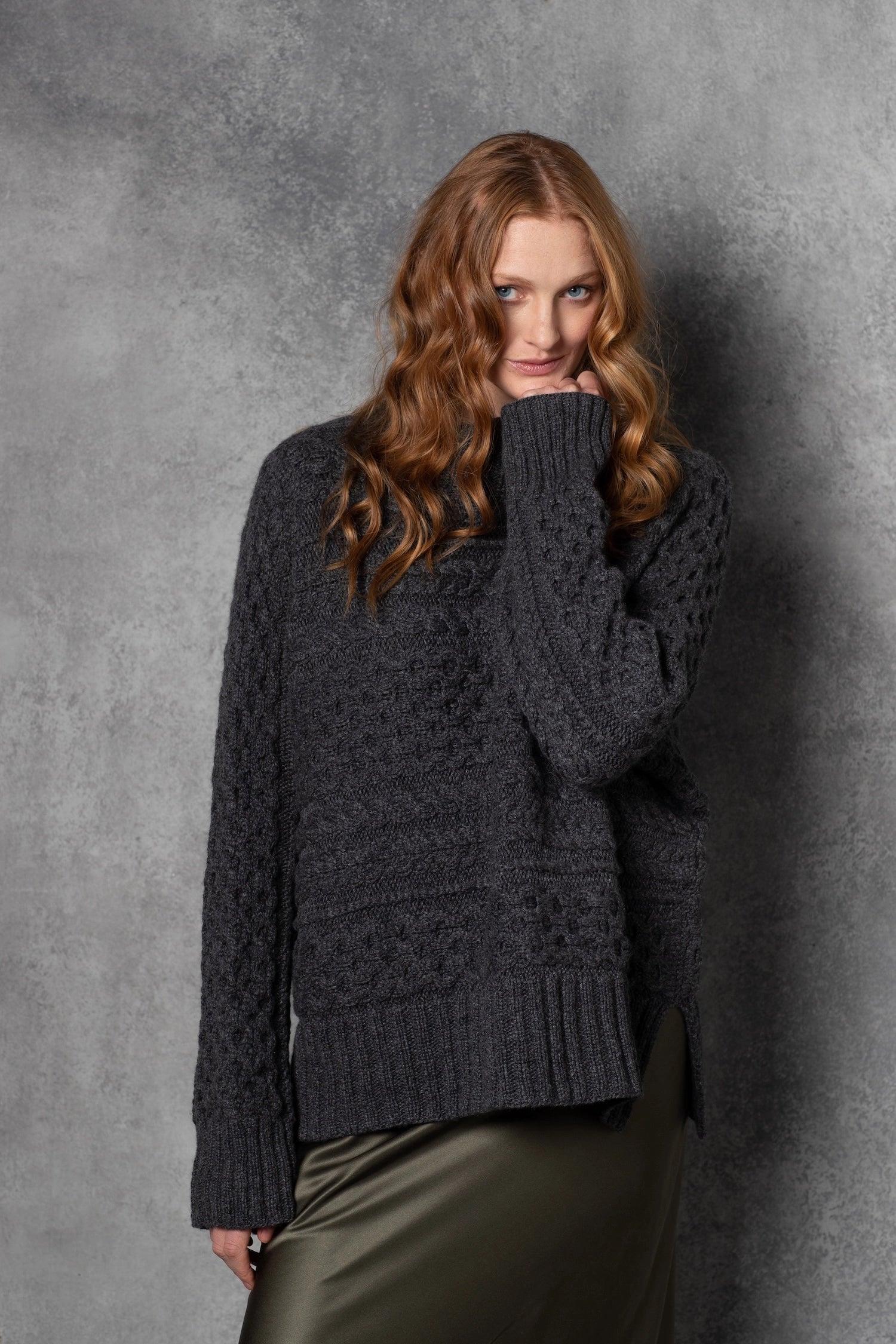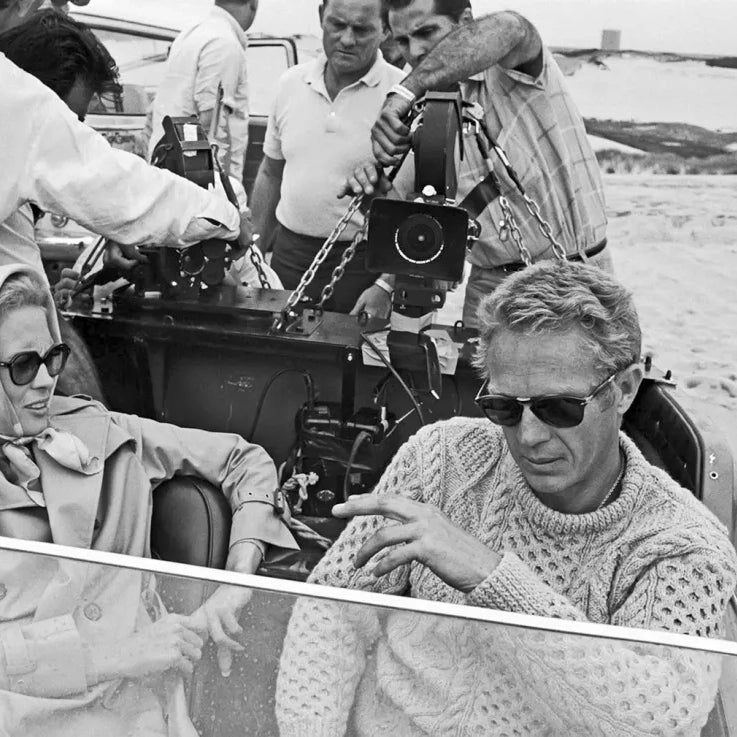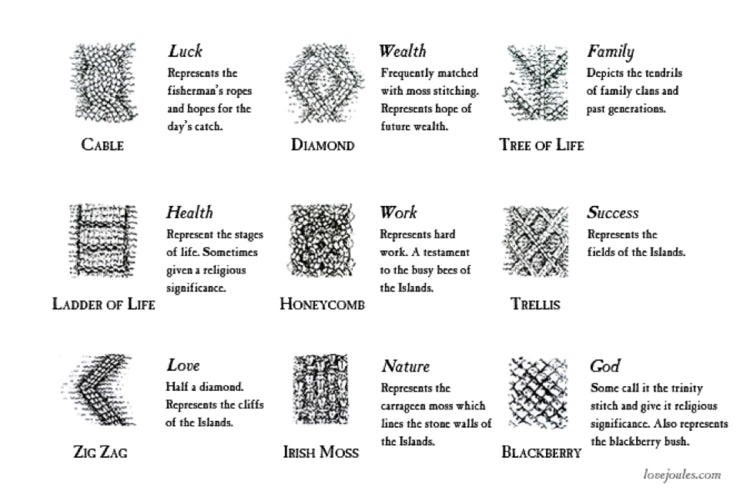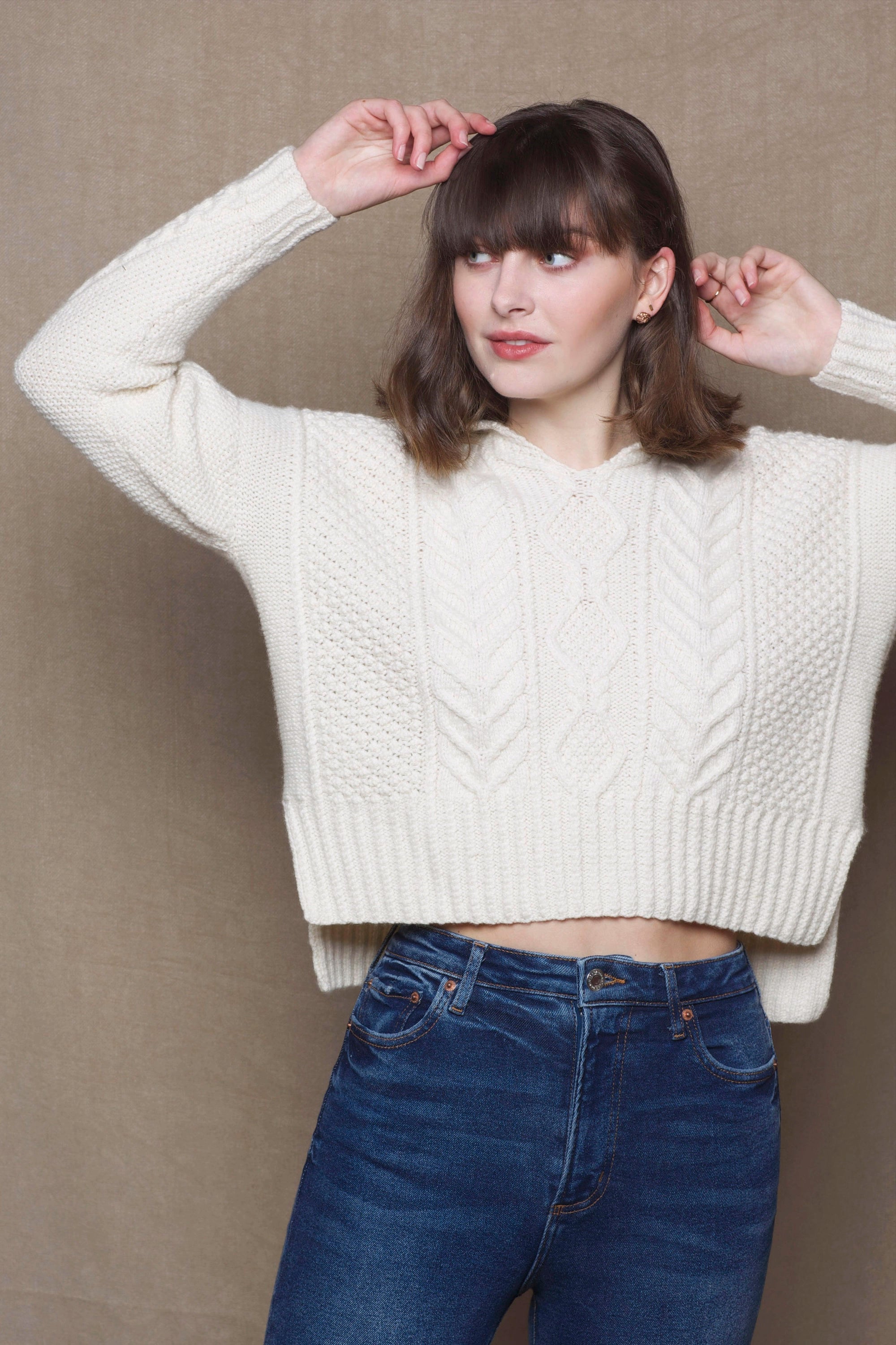The Madigan Cashmere Aran Collection

Grace Kelly
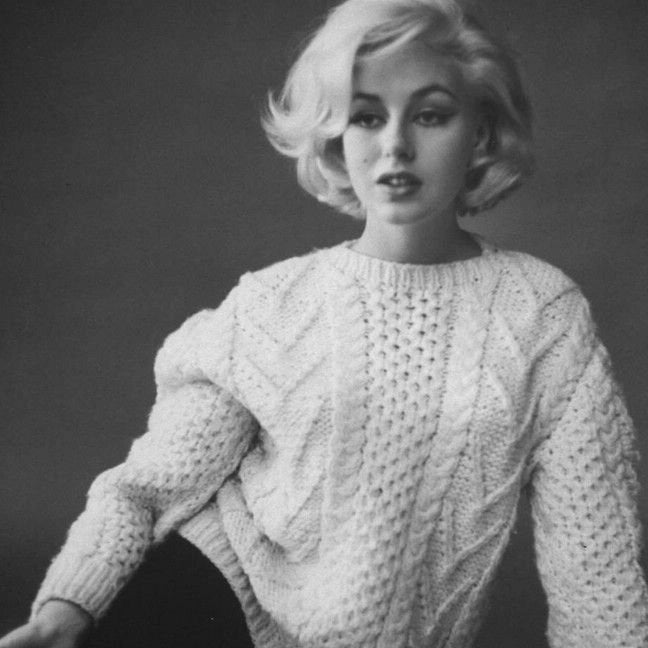
Marilyn Monroe

Chris Evans
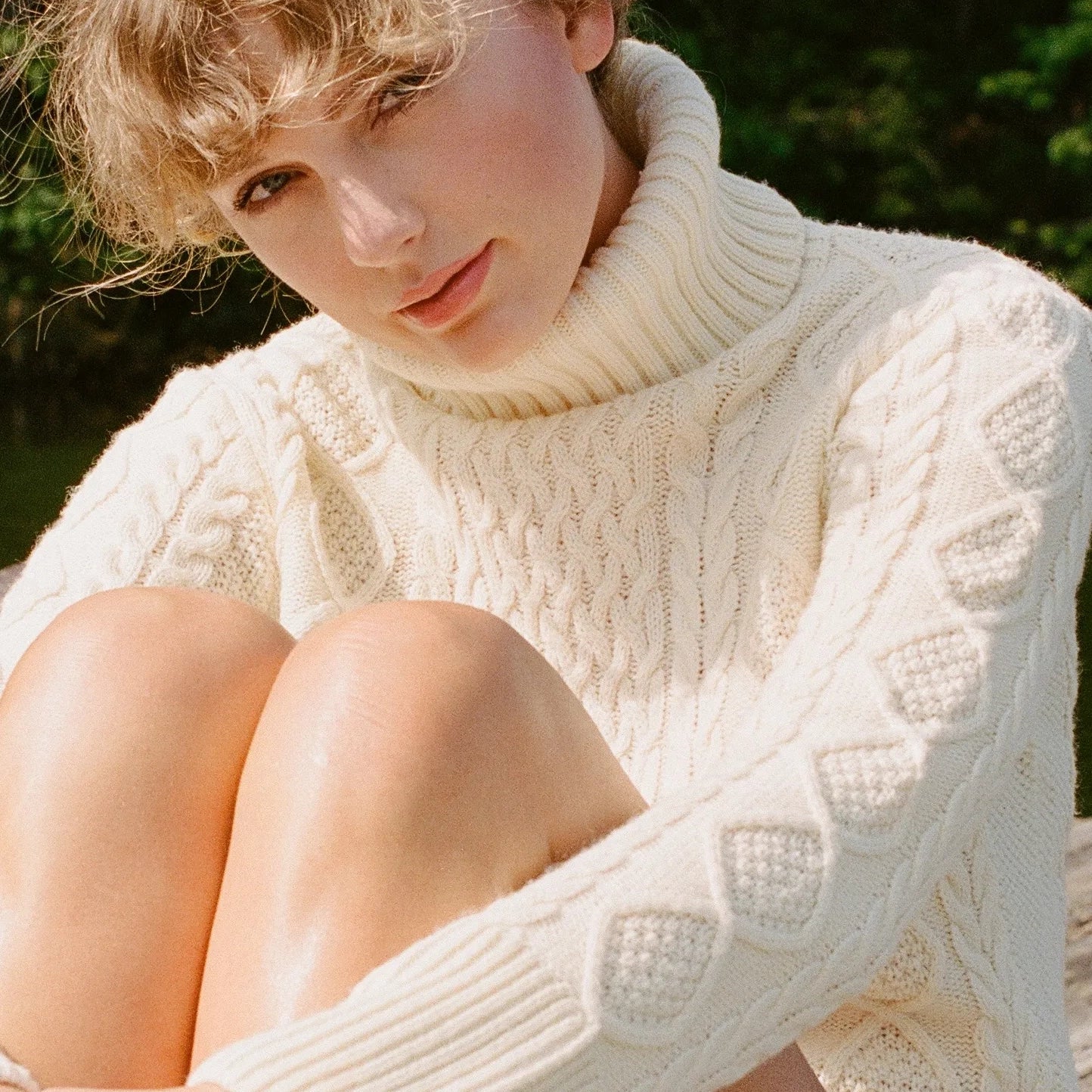
Taylor Swift
Finally, we’ve made this design truly our own by recreating the Aran sweater in the material we know best - luxurious, soft 100% cashmere. We’re sure you’ll agree that this is the perfect way to celebrate the storied past of this iconic sweater, and move it forward into the future! Why not take a look for yourself?


